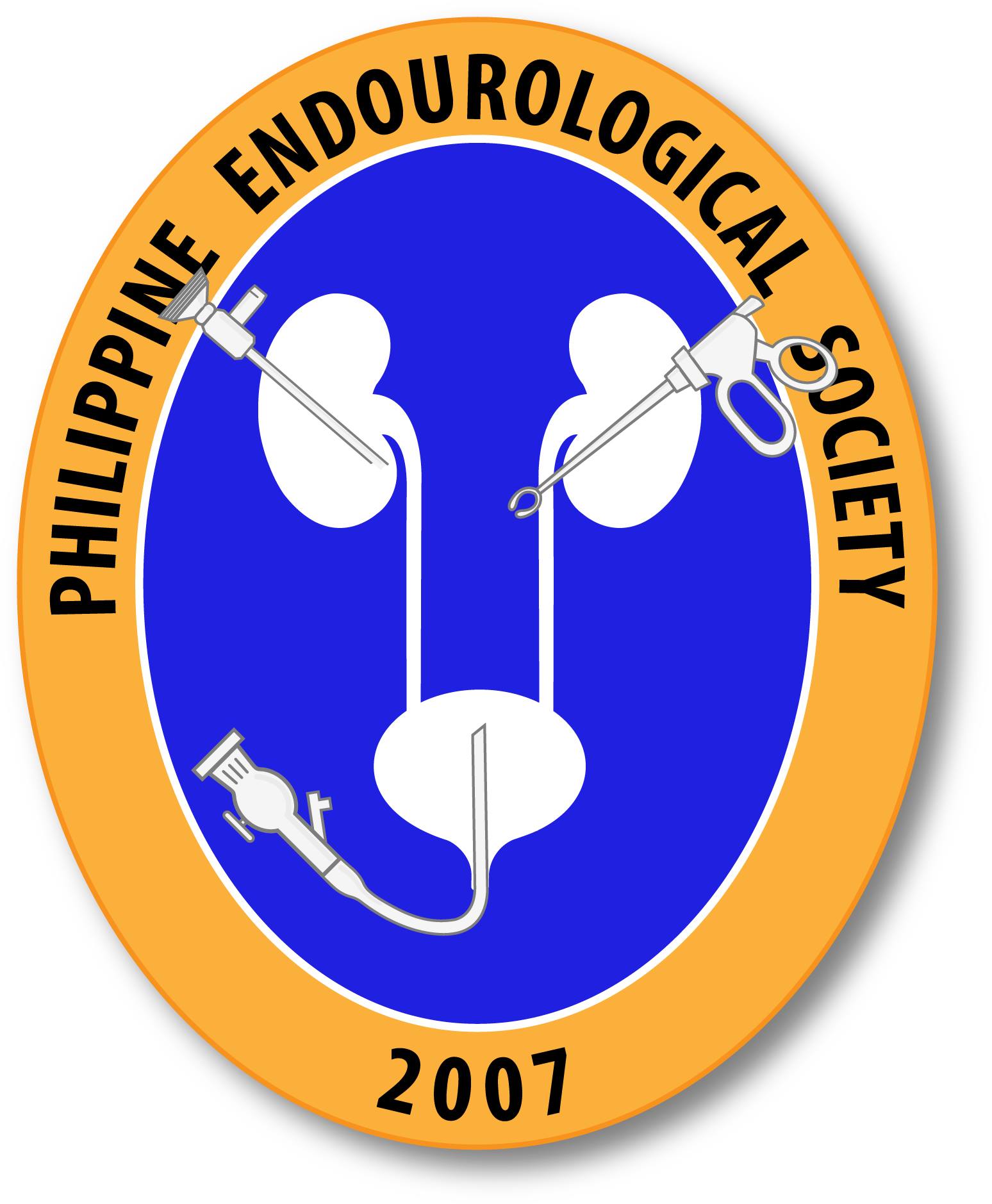Differential expression of histamine receptors in the bladder wall tissues of patients with bladder pain syndrome/interstitial cystitis – significance in the responsiveness to antihistamine treatment and disease symptoms.
Activation of mast cells plays an important role in the pathogenesis of bladder pain syndrome/interstitial cystitis (BPS/IC). Histamine, a mast cell-derived mediators, induced inflammation and hypersensitivity of the bladder.
